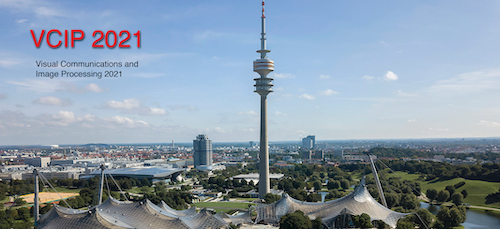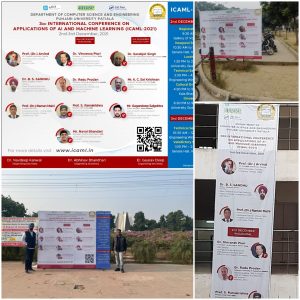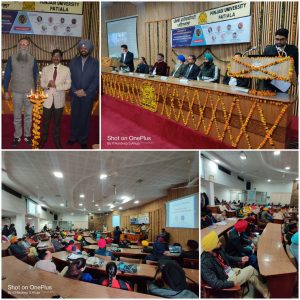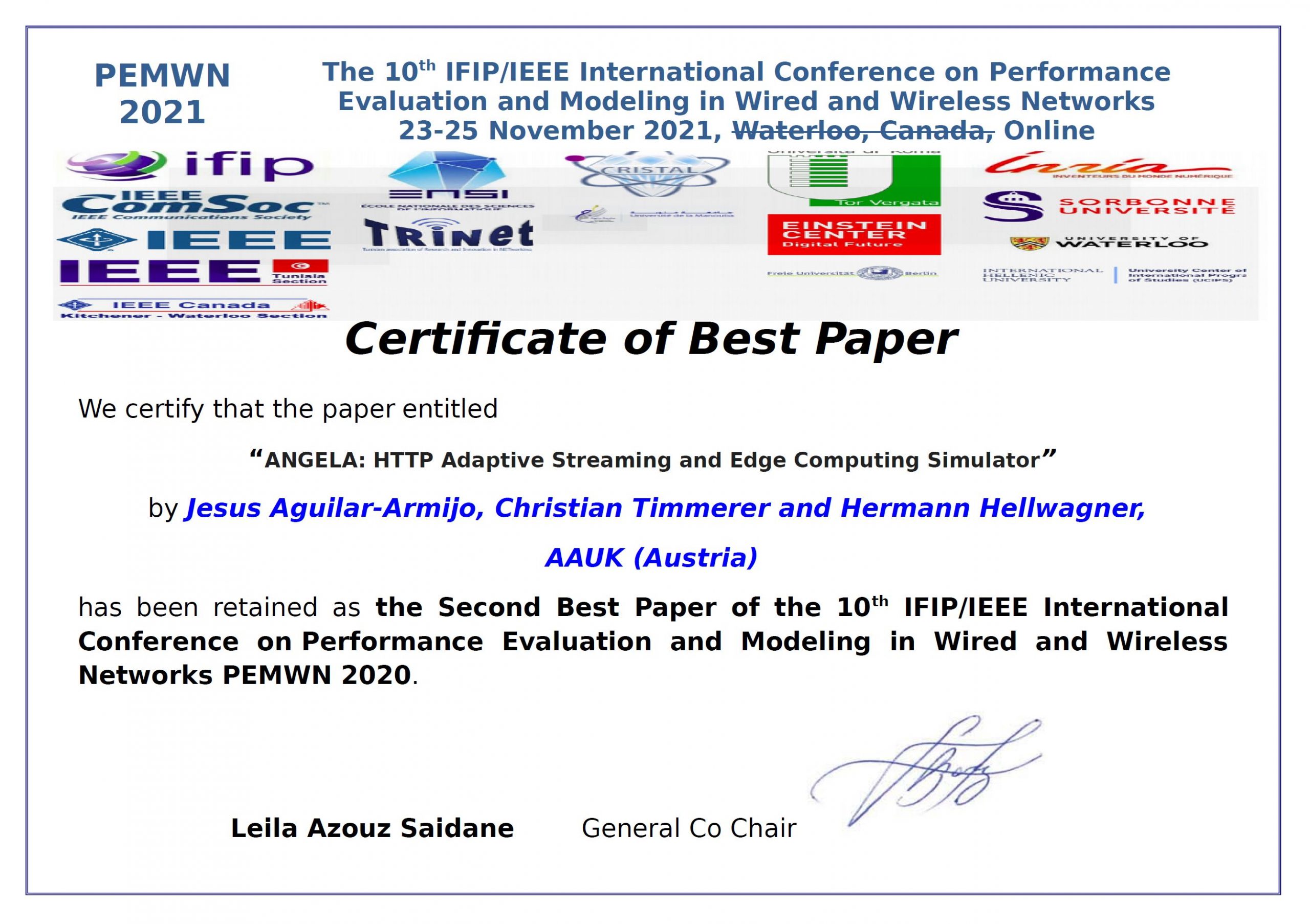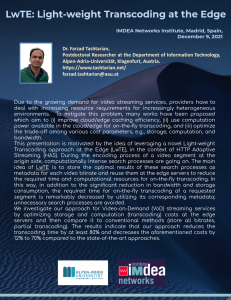Alexander Lercher’s Master Thesis titled ‘Context-aware Community Evolution Prediction in Distributed Social Networks‘ under the supervision of Prof. Radu Prodan at ITEC has been awarded outstanding academic thesis and a grant of 600 Euros in the field of digitization for Master’s Category. This work received funding from European Union’s Horizon 2020 research and innovation programme, grant agreement 825134, “Smart Social Media Ecosystem in a Blockchain Federated Environment (ARTICONF)”. The award ceremony will take place on Wednesday, November 24th, 2021 at 11 a.m. in the mirror hall of the Carinthian Provincial Government.





